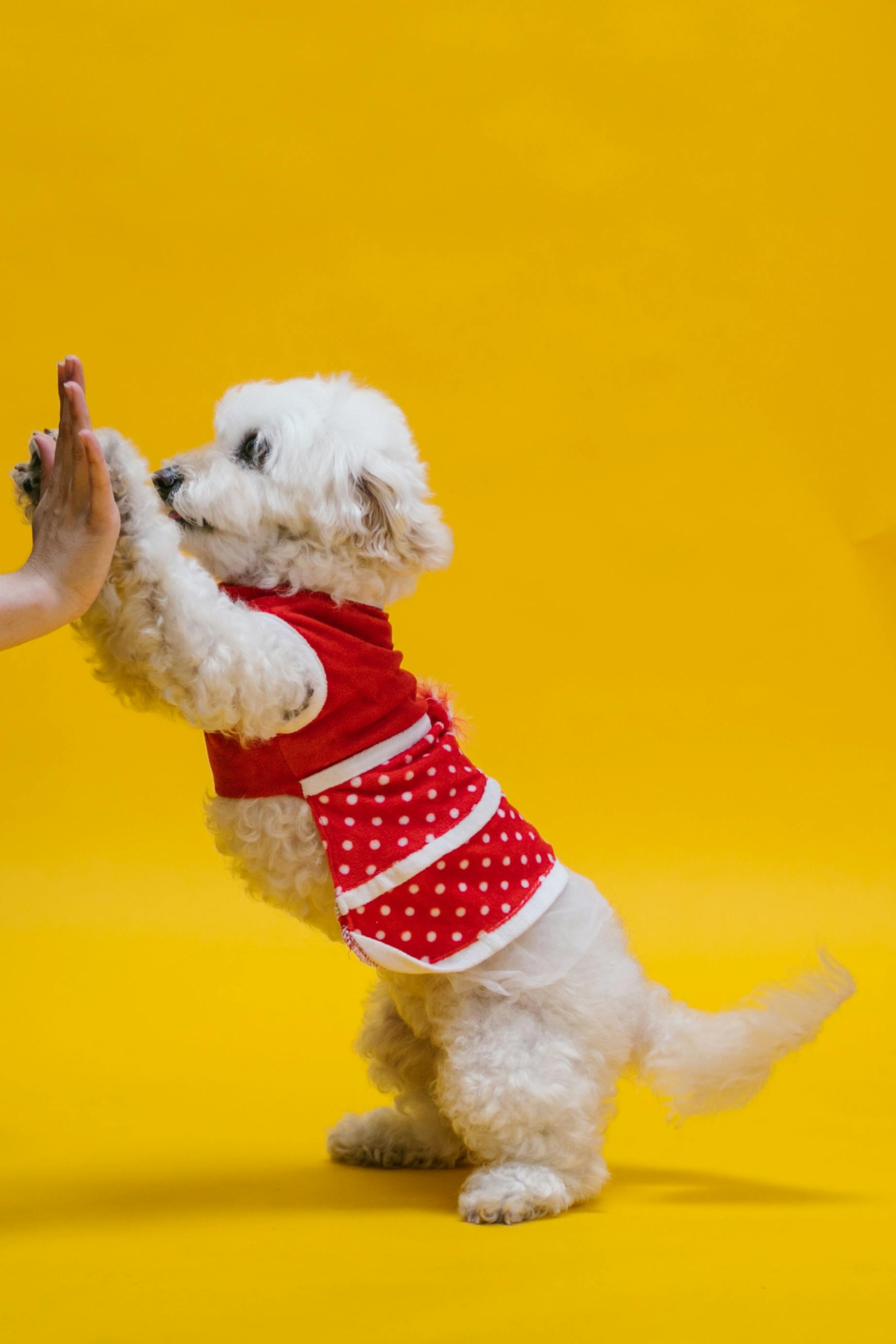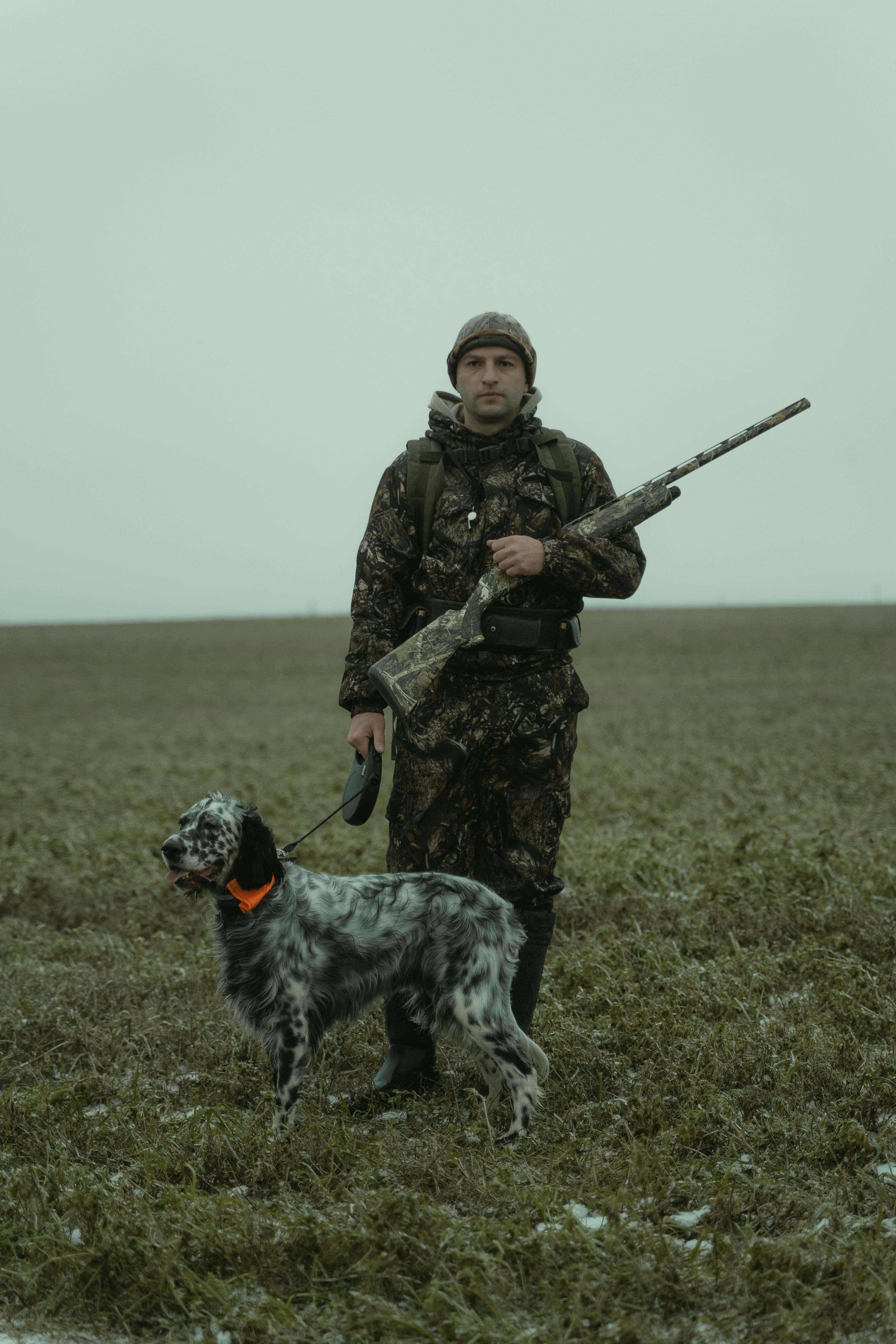Dog Training Outfit: Essential Gear for Every Dog Owner
Training your dog is a rewarding experience, but having the right gear can make all the difference. Whether you’re a first-time dog owner or an experienced trainer, the right dog training outfit can enhance your effectiveness during training sessions. This article will guide you through the essentials you need to succeed in dog training while also ensuring comfort and practicality for you and your pet.

Understanding the Fundamentals
Choosing the right dog training outfit starts with understanding the fundamental principles of training itself. A proper outfit not only ensures comfort for the trainer but also allows for mobility and safety during different training exercises. Whether you’re working on basic obedience or advanced skills, your outfit can make a significant impact on the quality of your sessions.
The purpose of a dog training outfit goes beyond fashion – it’s about creating a setup that promotes interaction, reinforces safety, and encourages effective communication between you and your dog. Let’s dive into what makes a good dog training outfit essential to success.
1.1 Comfort and Mobility
One of the most important aspects of a dog training outfit is comfort. You will likely be on your feet for extended periods, and you may need to move quickly to demonstrate commands or respond to your dog’s actions. This makes it crucial to wear clothing that allows for maximum mobility. Opt for breathable fabrics, such as cotton or performance materials, that won’t restrict your movements.
For example, a pair of lightweight athletic pants and a fitted T-shirt can provide you with the flexibility needed to demonstrate various commands and handle your dog. Avoid tight or restrictive clothing, as it can hinder your ability to move freely.
1.2 Practicality of the Outfit
Aside from comfort, your dog training outfit needs to be practical. Depending on the training environment, your outfit should include accessories that make training easier. Pockets are particularly useful for carrying treats, clickers, and other training tools that may be needed on the fly. A utility belt or vest can provide additional storage for these essentials.
Training collars, leashes, and harnesses are often worn or carried during training. Make sure your outfit allows for easy access to these tools so that you can adjust them without hassle. Additionally, durable shoes are a must to handle outdoor training sessions on rough terrain or in unpredictable environments.
Practical Implementation Guide
Now that you understand the fundamentals of a dog training outfit, it’s time to dive into the practical implementation. In this section, we’ll provide actionable steps to help you prepare for successful training sessions while maintaining your comfort and the dog’s focus.

2.1 Actionable Steps
- Step 1: Choose breathable, comfortable clothing. Select fabrics like cotton or moisture-wicking materials that allow for free movement and keep you cool during training.
- Step 2: Invest in appropriate footwear. Select shoes that provide support and stability for long hours of standing, walking, or running.
- Step 3: Add functional accessories. A training vest with pockets or a utility belt will help you keep treats, toys, and training equipment organized and easily accessible.
2.2 Overcoming Challenges
While the right outfit is essential, challenges may still arise during training sessions. For instance, some dogs might get distracted by the trainer’s clothing or movement, which can disrupt the flow of training. To overcome this, ensure your outfit is minimalistic, without distracting elements that could divert the dog’s attention.
Another common obstacle is dealing with varying weather conditions. If you’re training outdoors, you’ll need clothing that can adapt to different temperatures. Layering your clothing and investing in waterproof jackets or windbreakers can help you train regardless of the weather.
Advanced Applications
As you progress with your dog’s training, it may become necessary to use more advanced techniques. This often means introducing more sophisticated training equipment and incorporating them into your dog training outfit. Here, we’ll explore how to integrate these advanced tools and techniques into your routine.

3.1 Advanced Training Tools
Advanced dog training often involves tools such as remote training collars, agility equipment, or specialized leashes. For these training methods, you’ll need to ensure that your outfit is suitable for handling such equipment. A trainer vest with multiple loops for leashes and clickers can help keep everything organized while giving you quick access to all your tools.
These advanced tools require careful handling, so your outfit should also be durable enough to withstand wear and tear. Choose materials that can handle the stress of carrying heavy equipment and frequent use in rugged conditions.
3.2 Integration with Other Training Systems
Incorporating advanced dog training techniques, such as scent detection or service dog training, may require specific attire like padded vests or multi-pocket utility belts. The integration of these systems into your outfit should enhance the functionality of your gear and make it easier to transition between tasks. Look for vests that allow you to add or remove compartments based on the specific needs of each session.
Future Outlook
The future of dog training outfits lies in further innovations in fabric technology and training tools. As dog training becomes more specialized, expect to see more customized options, including breathable, moisture-wicking fabrics with built-in pockets for tech devices and treats. Smart gear that connects to apps for tracking training progress may also become commonplace in the near future.
Dog owners can prepare for these changes by staying updated on new gear innovations. By investing in versatile, adaptive training outfits now, you’ll be well-positioned to take advantage of future developments in dog training technology.
Conclusion
The right dog training outfit is essential for both the trainer and the dog’s success. Comfort, practicality, and durability are key factors to consider when selecting the perfect gear for your training sessions. By following the guidelines outlined in this article, you’ll ensure that your dog training experience is effective, enjoyable, and productive.
Don’t underestimate the power of the right outfit – it can be the difference between a distracted session and one that fosters progress and bonding with your dog. Start investing in the right gear today, and watch your dog’s training reach new heights.
Frequently Asked Questions
- Q: What should I look for in a dog training outfit? A: Look for comfort, mobility, and practicality. Choose breathable fabrics and functional accessories like vests or utility belts.
- Q: How do I get started with dog training? A: Begin with basic obedience and ensure your outfit is practical for carrying treats, toys, and tools. Comfort is key!
- Q: How long should a training session last? A: Sessions typically last 15-30 minutes depending on the dog’s age and focus. Adjust your outfit based on weather and duration.
- Q: How much does a dog training outfit cost? A: Costs vary based on the brand and features of the outfit. Expect to spend $30-$100 for a comfortable and practical training outfit.
- Q: What is the best footwear for dog training? A: Opt for durable, supportive shoes like running or hiking shoes to handle various terrains.
- Q: Is advanced training equipment necessary? A: Advanced equipment like remote collars or agility gear is useful for specific training goals, but isn’t required for basic obedience training.
- Q: Can I train my dog without specialized clothes? A: While specialized clothes enhance comfort and convenience, you can train your dog in regular athletic wear as long as it provides freedom of movement.
